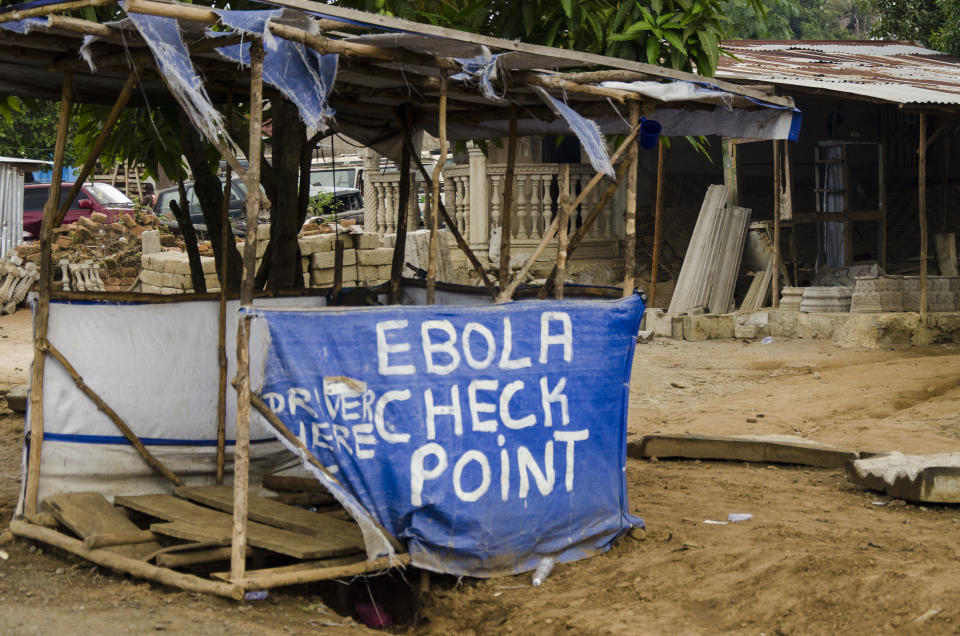Destruction of the environment ‘could make future pandemics more likely and less manageable’

Destruction of the natural environment by farming and deforestation makes future pandemics more likely, scientists have suggested.
The research, by the University of the West of England (UWE) and the Greenpeace Research Laboratories at the University of Exeter, suggests disease risks are “ultimately interlinked” with biodiversity and natural processes such as the water cycle.
Diseases from animals, or “zoonotic” diseases, often begin due to changes in land use, the researchers said.
Read more: Coronavirus shows us how the planet’s health is linked to our own
Previous research by the EcoHealth Alliance suggested that 31% of outbreaks of emerging infectious diseases were linked to changes in land use, including HIV, Ebola and the Zika virus.
The researchers analysed the relationship between societies and the environment using a computer framework, and concluded that maintaining intact ecosystems would help prevent the emergence of new pandemics.
Deforestation and other land use change undermines resources including water which are key to reducing disease transmission, the study found.
Lead author Dr Mark Everard, of the UWE Bristol, said: “Ecosystems naturally restrain the transfer of diseases from animals to humans, but this service declines as ecosystems become degraded.
Read more: Nature crisis - new global extinction target agreed
“At the same time, ecosystem degradation undermines water security, limiting availability of adequate water for good hand hygiene, sanitation and disease treatment.
“Disease risk cannot be dissociated from ecosystem conservation and natural resource security.”

Dr David Santillo, of the Greenpeace Research Laboratories at Exeter, said: “The speed and scale with which radical actions have been taken in so many countries to limit the health and financial risks from COVID-19 demonstrate that radical systemic change would also be possible in order to deal with other global existential threats, such as the climate emergency and collapse of biodiversity, provided the political will is there to do so.”
Read more: A 1988 warning about climate change was mostly right
Previous research this year highlighted the importance in preserving natural land to separate animal and human activity.
The leading scientific evidence points to the likelihood that SARS-CoV2, the virus that causes the disease COVID-19, is a zoonotic virus that jumped from animals to humans.
Ebola, bird flu and SARS are other diseases known to have spilled over into the human population from nonhuman animals.
“Human risk to diseases like COVID-19 could be reduced by halting the trade and sale of wildlife, and minimising human intrusion into wild areas,” said Andrew Jacobson, professor of GIS (geographic information system) and conservation at Catawba College in North Carolina.
Coronavirus: what happened today
Click here to sign up to the latest news, advice and information with our daily Catch-up newsletter
Read more about COVID-19
How to get a coronavirus test if you have symptoms
How easing of lockdown rules affects you
In pictures: How UK school classrooms could look in new normal
How public transport could look after lockdown
How our public spaces will change in the future
Help and advice
Read the full list of official FAQs here
10 tips from the NHS to help deal with anxiety
What to do if you think you have symptoms
How to get help if you've been furloughed




